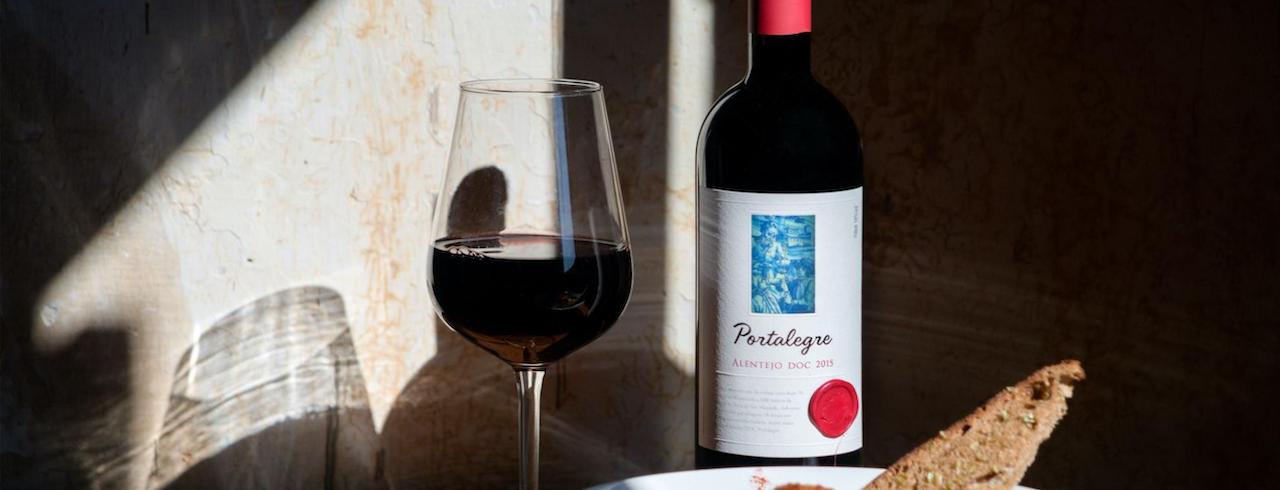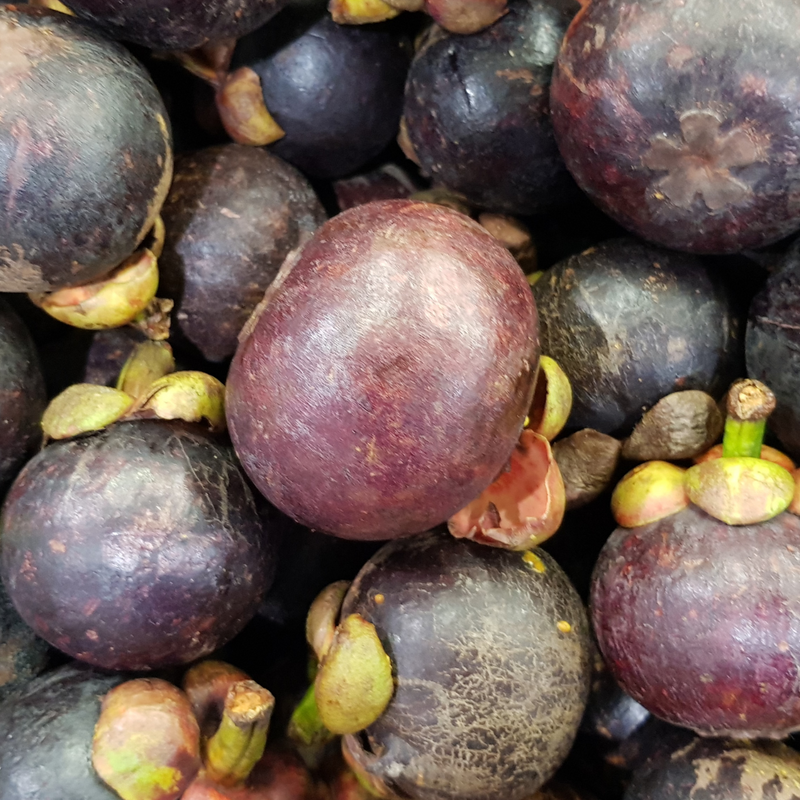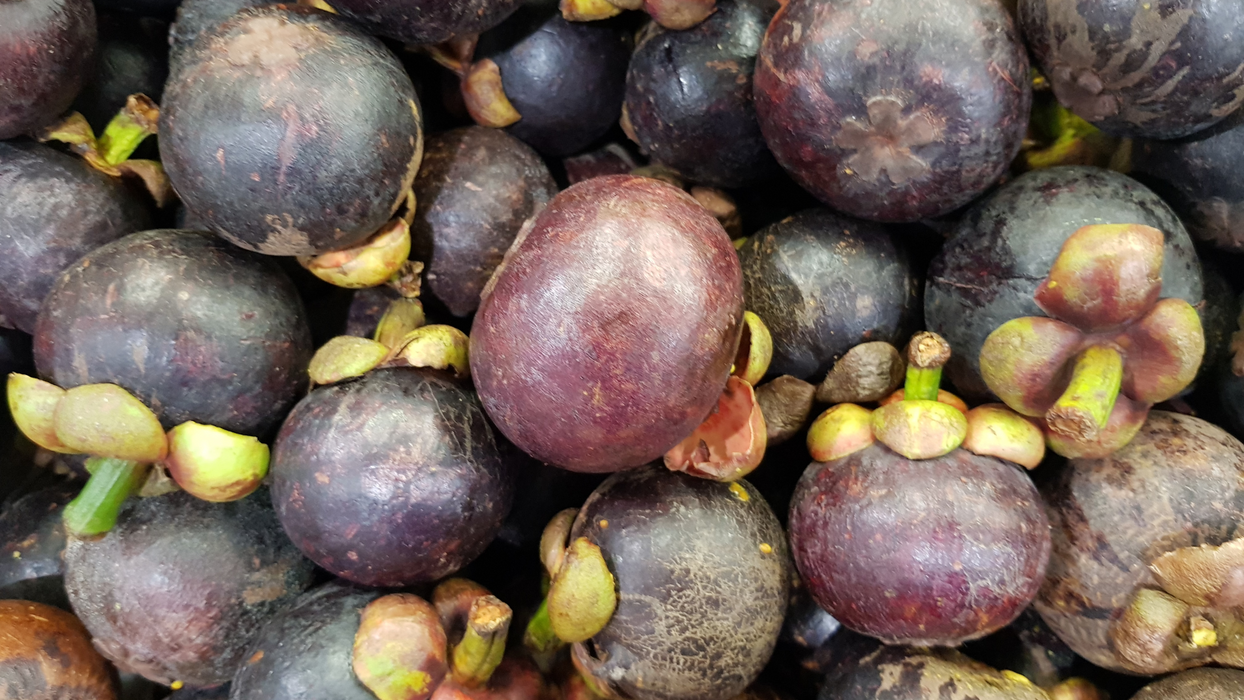
How Many Calories Are in a Glass of Red Wine?
Luckily for us, wine’s been around for thousands of years. It’s witnessed the creation of empires, automobiles, spaceships, and our increasing knowledge of calories.
Oh, calories — they might not be our closest friends, but just like wine, they’re here to stay. All we can do is try to understand calories and hopefully, one day, we can learn to coexist.
Let’s see if we can bring that day closer as we dive into the wonderful world of red wine, learning about the calories, the nutrients, and the delicious aromas found in every glass.
Where Wine’s Calories Come From
There are two sources of calories in wine — sugar, and alcohol.
During the fermentation process, added yeast eats away at the sugar in grape juice, converting it into alcohol and carbon dioxide. However, not every last gram of sugar is converted into alcohol. Instead, it becomes residual sugar that gives wine its signature sweetness.
Sugar is a simple carbohydrate, containing about 4 Calories per gram. Alcohol is much denser than sugar, at about 7 Calories per gram.
Unlike sugar, alcohol isn’t metabolized in the body as a carbohydrate. So, for you low-carb keto people, you can still be compliant in your diet if you opt for a dry wine. Of course, the higher the alcohol content, the more calories you’ll be sipping down.
A light-bodied red wine might have around 2 grams of carbohydrates for every 5-ounce pour while a dessert wine might have up to 20 grams of carbohydrates in a pour. Even dry wines still contain some amount of residual sugar, though it’s usually less than 12 grams per bottle.
How many calories are in this glass of red wine?
Counting Calories in a Glass of Red
Get to the point — how many calories are in a glass of red wine?
There are about 106-132 calories in a five-ounce glass of red wine, with the amount varying depending on the residual sugar and alcohol content. As a rule of thumb, the more sugar and more alcohol, the more calories. This means there are around 530-660 calories in a full bottle of red wine, which contains around 25 ounces of mouth-watering vino.
Identical wine varietals might have different caloric values. For example, a California Merlot might have more calories than a French Merlot — it all depends on that bottle’s individual sugar and alcohol content.
Unfortunately for calorie counters, nutrition facts aren’t printed on wine labels. Therefore, a good way to gauge calories in red wine is by checking the alcohol content.
Chemically, 1 oz of pure ethanol contains around 160 calories. That means each 1% increase in alcohol-by-volume (ABV) represents an increase of 8 alcohol-derived calories.
Using our newfound calculating abilities, we can determine that a glass of light red (10% ABV) contains about 32 fewer alcohol calories than a heavy red (14% ABV). Now, an extra 32 calories per glass likely isn’t going to cause any change, but it’s something to keep in mind down the road.
However, if you’ve been paying attention, you’ll remember that alcohol is only one part of this story...
Lower Alcohol Doesn’t Mean Lower Calories
A lighter glass of red might have fewer alcohol-derived calories than another glass, but it still might have more total calories. Remember, alcohol is only half of the equation.
Sugar also contributes to the calories in any glass of wine, and these calories are harder to calculate as sugar content generally isn’t listed on the label. In general, though, you’ll find a lower sugar content in the drier, redder wines.
If you’re looking to get your vino on, but still want to cut down on calories, your best bet is going for a low-alcohol, dry wine, like a Beaujolais, a Lambrusco Seco, or a Bordeaux Rouge. These are going to have fewer calories from alcohol and carbohydrates.
Delicious, natural red wine
Wine’s Potential Health Benefits
While packing a little over 100 calories a glass, a glass of red wine a night may actually present a good deal of health benefits to balance out the extra sugar and alcohol.
Most red wines are packed with resveratrol, an antioxidant linked to several health benefits, such as lowering bad cholesterol, blood pressure, and blood sugar, while improving overall heart health.
Many fruits and veggies are also rich in antioxidants. So, you shouldn’t substitute a glass of red for a handful of raspberries, but an occasional glass might help your ticker keep ticking.
Tips for Living a Healthy Red Wine Lifestyle
To recap, if you’re looking to cut down or simply contain your caloric intake, opt for dry wines, as these typically have less sugar. Remember, some wines that have a dry taste actually contain more sugar than they let on (looking at you, Zinfandel).
When you’re browsing online or in the wine aisle, look for high-quality wines. The higher on the shelf you go, the less added sugar per glass.
Also, as a general drinking tip, try to avoid drinking wine on an empty stomach, as this can actually make you hungrier, not to mention the nausea that can follow.
Of course, none of these tips mean anything if you don’t drink in moderation. The driest, lowest-alcohol wine will still present long-term health risks if you’re gulping down a bottle a night. Remember to take your time, savor the flavors, and enjoy the moment.
While you’re looking for a low-calorie vino, check out Wine Insiders and our growing collection of delicious reds, succulent whites, and everything in between.





